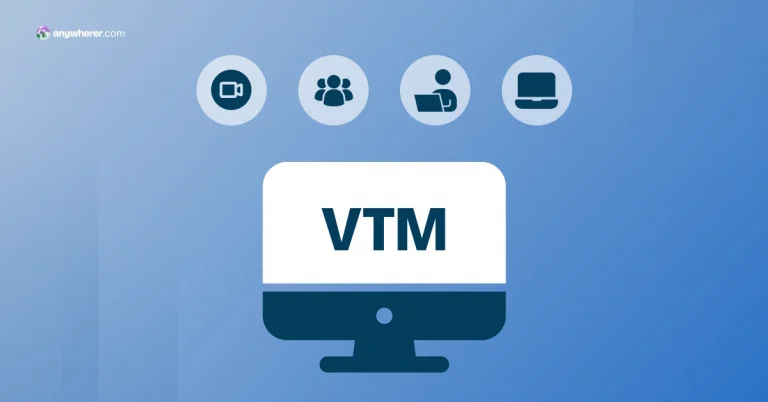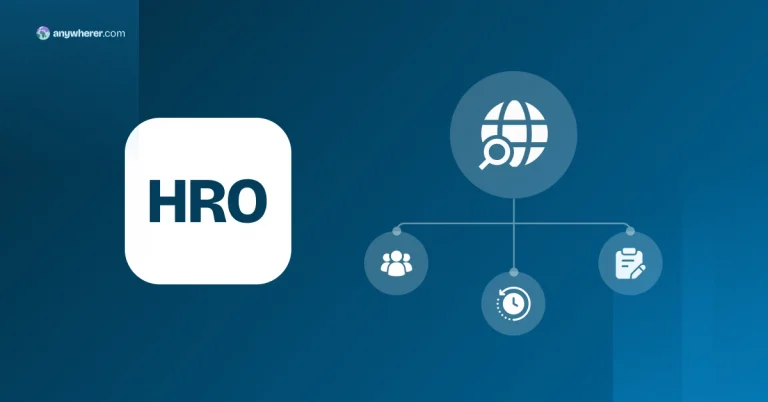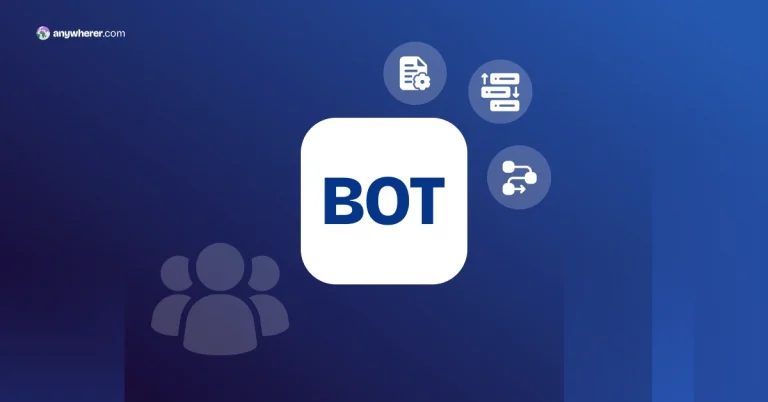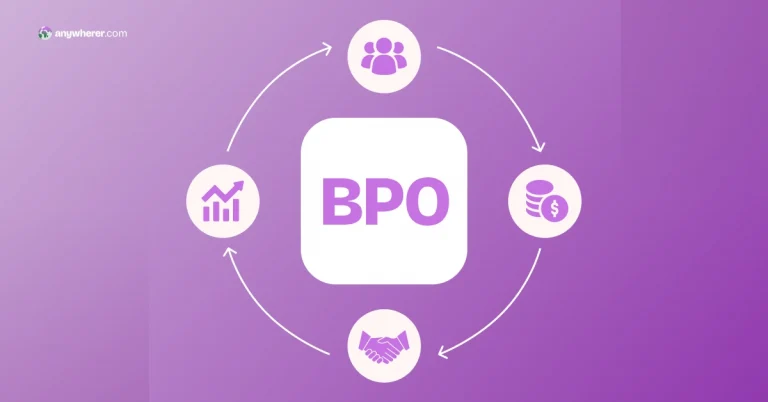Hiring specialized talent takes time, but traditional outsourcing often sacrifices quality for cost. As a result, companies struggle to find the right expertise quickly, leading to delays, inefficiencies and missed opportunities.
This is where Talent-Based Outsourcing (TBO) comes in. Instead of just filling roles, TBO connects businesses with skilled professionals who can hit the ground running, whether for short-term projects or ongoing specialized work. It’s a flexible, efficient way to get expert-level execution without the hassle of full-time hiring.
In this article, we’ll break down the TBO meaning, why it’s different from traditional outsourcing, and how it can help businesses stay agile and competitive.
What Is TBO? Talent Based Outsourcing Meaning and Key Differentiators
Talent-Based Outsourcing prioritizes skills and expertise over location or cost. This model comprises:
- An expertise-driven approach. TBO focuses on finding the best professionals for the job, ensuring high-quality results rather than just filling positions with available workers.
- Project or task-based engagements. Instead of hiring full-time employees, businesses can bring in specialists for specific tasks or projects, making it ideal for dynamic or evolving needs.
- Global access to specialized talent. TBO isn’t limited by geography, businesses can source expertise from anywhere in the world to find the best professionals for their needs.
- Faster execution. By skipping the lengthy recruitment process and onboarding, companies can quickly access skilled professionals who can start contributing immediately.
Before we get to the Talent Based Outsourcing definition, let’s break down the key differences between TBO and traditional outsourcing:
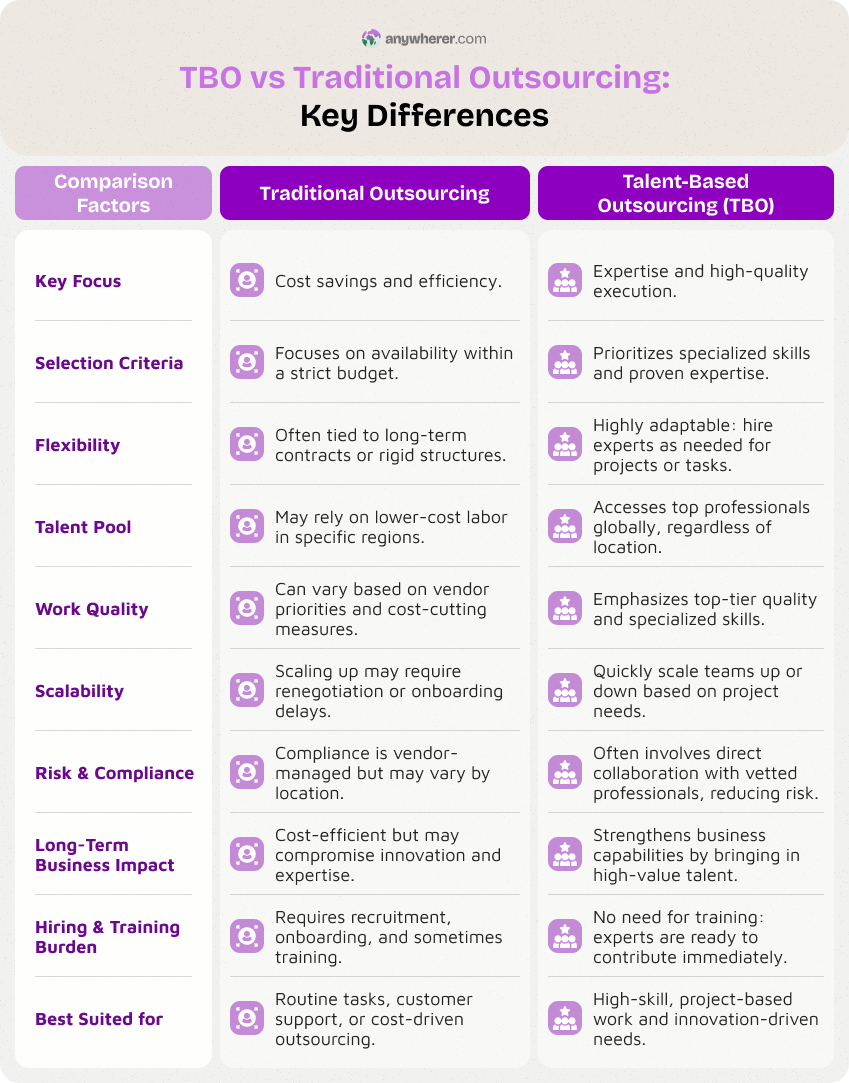
TBO Definition
Talent Based Outsourcing is a strategic approach that prioritizes getting the right talent for the right job, in which expertise matters the most. By focusing on expertise, businesses can fill skill gaps, maintain quality, speed up execution, and drive real innovation.
Why Businesses Turn to Outsourcing Top Talent through TBO
Let’s break down why companies are adopting this model:
Access to top talent: no borders, no limits
Let’s face it: finding exceptional talent is tough, and keeping it? Even tougher. The best people are in high demand, and many industries are stuck in a talent drought. Recruiting the right fit locally can take months and burn through budgets fast.
Talent-Based Outsourcing flips the script by erasing the map. Instead of being limited by geography, companies can tap into global pools of elite professionals whether they’re in Berlin, Bangalore, or Buenos Aires. For fast-moving sectors like AI, software development, digital marketing, or design, this kind of access isn’t just helpful, it’s a game-changer.
Plugging skill gaps – fast and smart
Need a cybersecurity expert yesterday? You’re not alone. From blockchain to cloud engineering, data science to DevOps, specialized roles are hard to fill. And it’s not just tech – fields like healthcare, finance, and advanced manufacturing are also scrambling for niche expertise.
TBO helps companies sidestep slow hiring cycles by connecting them directly with the right experts, right when they’re needed. Want to see this challenge in action? Take the Cedefop Labor and Skills Shortage Index, which breaks down real-time skill gaps across the EU. Compare two countries, and you’ll see just how wide the talent divide can be.
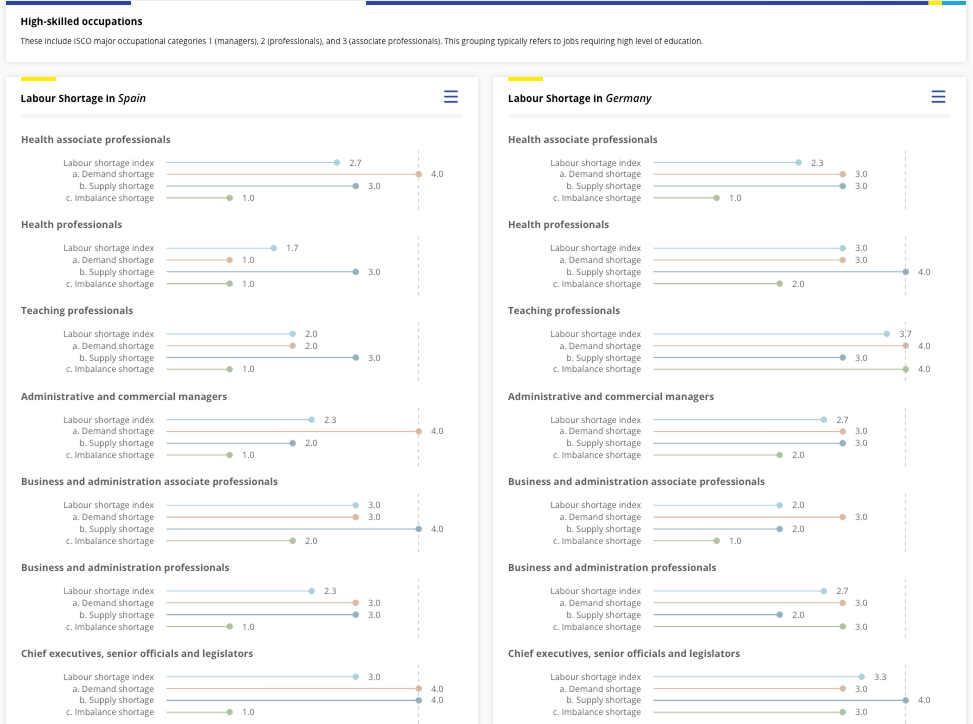
Here, we can see that Germany has a higher labor shortage index than Spain for Technical professionals. So, German companies have a better chance of outsourcing specialists from Spain than hiring locally.
Ensuring high-quality work over cost savings
One of the common concerns with traditional outsourcing is quality control. This can be caused by:
- Less experienced workers handling projects
- Communication barriers and misalignment with business goals
- A “one-size-fits-all” approach that sacrifices customization
TBO flips this model on its head by prioritizing expertise to collaborate with highly skilled professionals who bring specialized knowledge and deliver high-quality results.
Faster hiring & execution
The idea behind TBO is to provide pre-vetted specialists who can dive right in and contribute from day one. The model eliminates the need for lengthy recruitment processes, negotiating terms, training, and onboarding. TBO is more agile, often using flexible contracts or even direct engagement through talent platforms, so businesses can quickly assemble a team of experts.
Faster hiring & execution
Some of the most innovative companies in the world have relied on external talent to push boundaries and create groundbreaking products. This kind of strategic outsourcing allows businesses to tap into fresh perspectives, new technologies and specialized knowledge that wouldn’t be available within their existing teams.
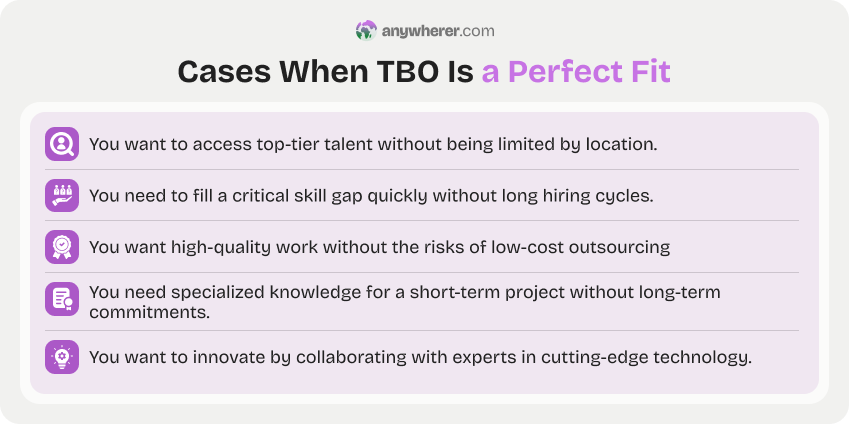
While TBO focuses on specialized talent, HRO meaning centers around outsourcing broader HR functions.
How to Navigate the Challenges Associated with Outsourcing Talent
TBO isn’t just about finding someone who can do the work, it’s about setting them up to thrive in your environment. Here’s how to ensure your approach to outsourcing talent leads to results, not roadblocks.
1. Managing remote and distributed teams
When you outsource talent across borders, you get incredible diversity but also time zone clashes, cultural differences, and communication hurdles. If teams aren’t aligned, even top-tier talent can underdeliver.
The fix: Set clear expectations from day one. Use project management tools, define preferred channels, and build in overlapping hours for real-time collaboration.
Example: A U.S. startup outsourcing cybersecurity expertise to a European pro might schedule daily syncs during shared work hours and use tools for managing tasks to keep things on track.
2. Keeping quality and accountability in check
IT talent outsourcing can unlock amazing capabilities—but only if quality stays consistent. Without tight scopes and clear deliverables, things can drift fast.
The fix: Break projects into defined phases. Use milestone-based contracts and regular check-ins to course-correct early, not after it’s too late.
Example: A company using IT talent outsourcing for app development might start with a clickable prototype, then move into phased releases, each tied to quality checkpoints.
3. Securing sensitive data and IP
When outsourcing talent acquisition, you often need to grant access to critical assets: data, business insights, customer info. If security measures aren’t tight, the risk isn’t worth the reward.
The fix: Use strong NDAs, encrypted tools, and permission-based access. Keep it need-to-know.
Example: A financial firm outsourcing data analytics could use a secure virtual workspace, encrypted file transfers, and assign access based on roles—not just convenience.
4. Integrating outsourced talent with in-house teams
Outsourced professionals might not be in the office, but they should be in the loop. When there’s a disconnect, collaboration suffers and quality can slip.
The fix: Treat outsourced talent as part of the crew. Loop them into key meetings, give full project context, and make space for their voice in the process.
Example: A brand team outsourcing a freelance designer might invite them to strategy calls and product kickoffs to ensure the final output reflects the bigger picture.
5. Dependence on external talent
Over-relying on outsourced specialists might mean that companies lack in-house expertise in critical areas, making them dependent on external professionals long-term.
The fix: Balance TBO with internal upskilling and knowledge transfer.
Example: If a tech startup frequently uses a talent outsourcing solution for UX/UI design, they can have internal team members shadow the outsourced designers to gradually develop in-house capabilities.
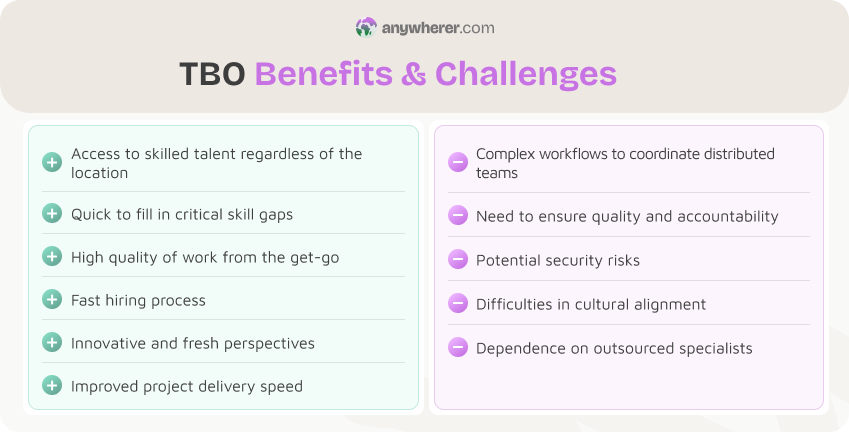
A Closer Look at How Talent-Based Outsourcing Works
Talent-Based Outsourcing isn’t guesswork, it’s a strategic process that helps you secure top-tier skills exactly when you need them. Whether you’re a startup searching for AI engineers or an enterprise outsourcing tech talent for a cloud migration project, following a step-by-step framework helps unlock the full potential of TBO.
Step 1: Identify skill gaps and business needs
Start by taking a hard look at your current team and goals. What’s missing? What’s slowing you down? This step is all about clarity, knowing what roles, skills, or experience you need to move forward. Ask yourself:
- Which critical skills are we lacking?
- Is this a short-term boost or an ongoing requirement?
- Are we looking for niche expertise or broader support?
Let’s say a SaaS company is preparing to launch a new product. They’ve got solid developers and designers but no one with a cybersecurity background. Hiring full-time might not make sense at this stage, so they turn to a talent outsource solution to bring in a security expert just for the project duration.
Step 2: Define scope, goals and the right engagement model
Once you’ve identified the skill gap, it’s time to get specific. Defining the project scope, goals, and expectations upfront is what sets high-performing teams apart. This clarity ensures that your outsourced talent isn’t just onboarded, they’re empowered to deliver from day one. Here’s what to lock in early:
- Engagement model: Will this expert join your team for a single project? Part-time support? Full-time for a fixed period? The setup should match the depth and urgency of your need.
- Deliverables & milestones: What exactly needs to get done and by when? Break down the work into realistic, trackable stages.
- Budget: What are you willing to invest to get top-tier results? Great talent delivers value, not just output.
For example, let’s say you’re working with a talent solutions outsource partner to bring in a UX designer for a major website revamp. You might say: “We need a designer onboard for six weeks – wireframes in 2 weeks, a working prototype in 4, and a polished final design by week 6.”
This kind of clarity turns outsourcing into real collaboration and keeps everyone moving in sync.
Step 3: Source vetted talent
This is where TBO stands out from traditional outsourcing. Instead of going through outsourcing agencies, businesses tap into specialized talent pools, talent management outsourcing platforms, and professional networks to find the best fit. Where to find TBO professionals:
- Expert platforms (e.g., Toptal, Braintrust)
- Industry-specific networks (e.g., Behance for designers, GitHub for developers)
- Consulting firms or a talent management outsourcing SaaS
Don’t just hire based on resumes – review past work, client testimonials and conduct test projects if needed.
Step 4: Onboard and integrate talent efficiently
Unlike traditional hiring, where onboarding can take weeks, TBO professionals should be able to contribute quickly. However, they still need proper integration to align with business goals. Best practices for smooth onboarding:
- Provide clear documentation (brand guidelines, project briefs, company workflows)
- Set up collaboration tools (Slack, Asana, Notion)
- Introduce them to key team members to ensure seamless teamwork
For example, if a startup hires a data scientist to improve their AI models, providing access to existing datasets, algorithms, and business objectives from day one helps them get up to speed quickly.
Step 5: Manage collaboration and ensure quality delivery
Professionals outsourced through the TBO model are highly skilled and independent. But businesses still need to monitor progress and maintain accountability. Key ways to manage outsourced talent effectively:
- Use milestone-based contracts to ensure steady progress
- Schedule regular check-ins for feedback and alignment
- Encourage open communication to avoid misunderstandings
For example, if a content marketing team outsources SEO strategy to an expert, they might hold weekly strategy calls and track key metrics to ensure the approach is working.
Step 6: Evaluate, learn and plan what’s next
The project’s done but the work isn’t over yet. A key part of successful talent outsourcing is taking time to assess outcomes and build on what worked. Ask yourself:
- Did the expert meet or exceed expectations?
- Were the project goals fully achieved?
- Would you want to re-engage this professional again?
For example, a tech company might keep a high-performing developer or security expert on retainer after a successful launch, turning a short-term win into long-term efficiency. Taking the time to evaluate both performance and process helps you make smarter decisions for future projects and refine your tech talent outsourcing strategy moving forward.
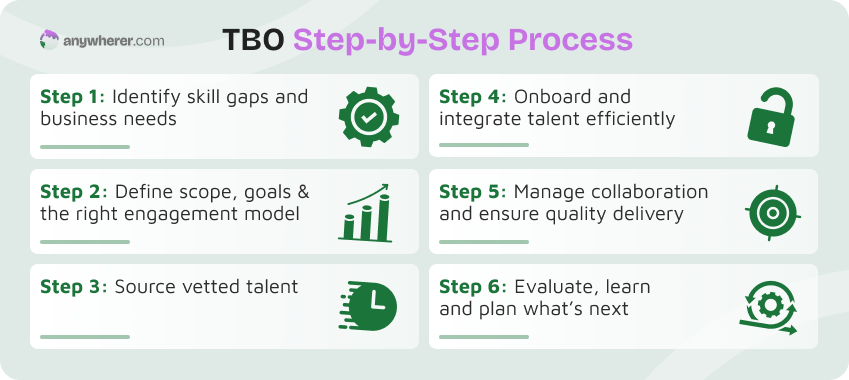
Considering other ways to scale hiring beyond TBO? Get a breakdown of recruitment process outsourcing cost and see how RPO compares when it comes to talent acquisition and budget.
Where Talent Outsourcing Makes the Biggest Impact
Talent outsourcing isn’t a one-size-fits-all solution, it’s a strategic advantage in industries where agility, innovation, and deep expertise are non-negotiable. If your industry demands results now and your in-house team can’t do it all TBO helps you move faster, smarter, and with less risk.
Here’s where outsourcing top talent delivers the most value:
- Dev teams that drive innovation, especially through niche skills.
- Marketing and creative services that need to stay sharp, fresh, and on schedule.
- Healthcare, biotech, and other agencies that rely on precision and deep specialization.
Why TBO Is a Smart Way to Build Teams
Talent-Based Outsourcing is a smart, more strategic approach to finding and working with the right people. Whether you’re a startup needing specialized support or a large enterprise scaling fast, TBO offers a flexible, quality-first alternative to traditional talent acquisition outsourcing.
Yes, there are challenges – remote teamwork, data protection, alignment – but they’re totally manageable with the right tools, clear workflows, and solid communication. The bottom line? TBO helps you fill skill gaps fast, maintain top-tier execution, and stay ahead in a world where agility matters more than ever. It’s about prioritizing talent over territory, and results over red tape.
FAQs: Getting Clear on the Talent Outsourcing Meaning
What does TBO mean, and how is it different from traditional outsourcing?
TBO – Talent-Based Outsourcing – focuses on bringing in specialized experts who are ready to deliver real impact from day one. Unlike traditional outsourcing, which often prioritizes cutting costs and offloading routine tasks, TBO is about high-skill, high-value work. It’s not just outsourcing, it’s strategic team building.
How can companies maintain quality when they outsource talent acquisition?
Start with trusted sources – whether that’s a vetted platform or a known provider. Then, set crystal-clear project scopes, define deliverables, and use milestone-based agreements to track progress. Regular check-ins and feedback loops help ensure the talent you bring in continues to meet your standards.
How does TBO affect internal teams and company culture?
When done right, TBO talent doesn’t feel like outsiders – they become part of the team. They bring fresh energy, new ideas, and expert-level execution. To keep everyone on the same page, involve outsourced professionals early, give them the full picture, and make collaboration tools a daily habit.
What should businesses consider when switching to TBO from traditional models?
Think about your current skill gaps and where you need the most support. Define clear outcomes, choose platforms that align with your industry, and be ready to support onboarding and communication. Shifting to TBO means focusing on value over volume – and choosing people who can drive real results.
Ready to explore TBO or want to learn about other options? Discover global workforce solutions with Anywherer.

Yaryna is our lead writer with over 8 years of experience in crafting clear, compelling, and insightful content. Specializing in global employment and EOR solutions, she simplifies complex concepts to help businesses expand their remote teams with confidence. With a strong background working alongside diverse product and software teams, Yaryna brings a tech-savvy perspective to her writing, delivering both in-depth analysis and valuable insights.

